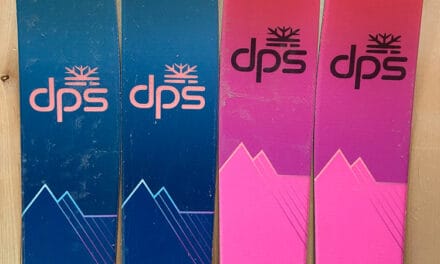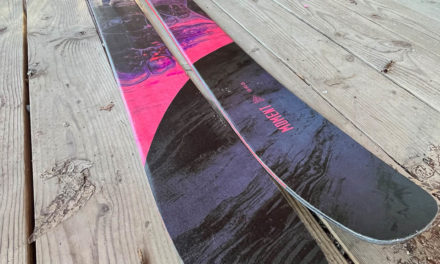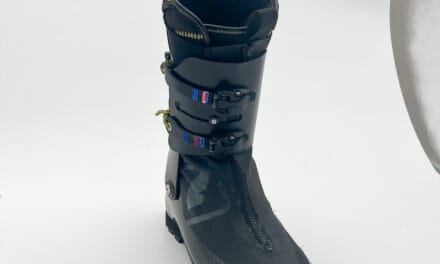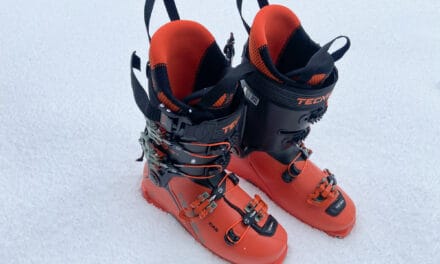La Sportiva’s race class skimo boot, the new Stratos Hybrid, might be the missing piece in this Teton skier’s boot quiver.
Whew—these boots feel like a convertible sports car in ski boot form. I imagine La Sportiva’s biggest market share among ski boot segments resides in skimo racing. Feeling these boots makes it apparent that their race boots are refined and elegant. New this year, the Stratos Hybrid replaces the short-lived Raceborg 2.0. Rather than design a boot from the ground up, the Hybrid combines the lower of the Kilo model with the upper of the Stratos VI boot, with some modifications. I like Sportiva’s thought process: spend time and money developing a refined platform like the Kilo, then use that base to develop models on either side. In this case, the Stratos Hybrid and the upcoming Kilo XTR.
Most often, the skiability issue with these carbon skimo race boots isn’t a lack of stiffness/support, but rather an overly stiff/harsh feel that lacks any progressive flex. Without so much as a tongue on the liner, this is certain to be the case to some degree with the Stratos. Although anecdotally, they feel less stiff and harsh than their closest competitor, the Scarpa Alien 1.1. Carpet-flex-wise, they feel similar to the Dynafit DNA, but for me, anyway, I am getting more heel hold and an overall more comfortable fit out of the box with the Stratos Hybrid. Also, at 851g in a 28.5, the Stratos Hybrid is about 150g lighter than my set of DNAs (in their unmodified state). When the whole point of the boots is to be lightweight, those details feel like they matter a bit more.
My first impression is that the liner is a bit goofy. It is “wrap style” with a velcro overlap over the instep. This design provides good support and lets you snug the liner before tightening the cord-based lower cuff buckle. I think this means one will have to don the boot “World Cup style” to access the velcro closure on the liner. It’s a bit of a pain with the gaiter, but folding the carbon cuff entirely and easily out of the way makes it more feasible to insert the liner (while wearing it) into the shell. The padding on the upper cuff is thick and relatively plush/comfy. I expected this to be a problem area, but while carpet flexing, I liked it more than expected.
Compared to my last set of race boots, the Dynafit DNA, I plan to lean more into their intended functionality, mostly using skis under 90mm and in simpler/2d snow conditions. Of course, I probably won’t be able to resist trying them on a powder day paired with my Moonlight Cruisers at some point. I’m excited about the clearer delineation between the Stratos Hybrid and 1kg boots like my Zero G Peak—an almost 200g weight reduction, and a wildly free walk mode makes these an obvious choice for the super long but not so technical days in the spring. I’m excited to see how they perform pushing into more challenging ski terrain.
Specs
Total Weight: 851g [28/28.5]
Shell Weight: 748g
Liner Weight: 103g (stock footbed)
Sole Norm/Compatibility: Tech only
Materials: Carbon grilamid lower, Carbon fiber upper
Fitting Notes: Same lower shell as Kilo—medium-low volume and width throughout. Ankle height liner.











